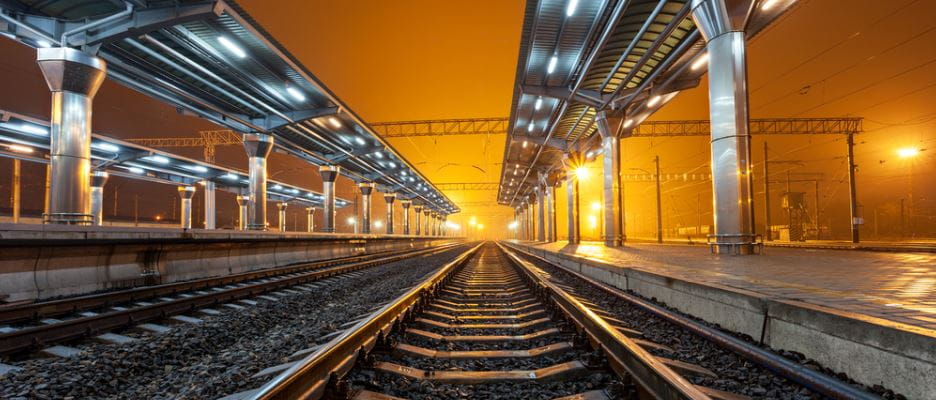What’s so special about rail?
Consider this:
Almost any ship can sail through any sea.
The vast majority of road vehicles can be driven on almost any road.
Virtually any aircraft is able to fly through any air space.
Trains, on the other hand, are invariably specified as bespoke products. For pre-existing infrastructure situations, the interfaces are, in fact, often a primary determinant of rolling stock specifications.
A great advantage of railways over other transport modes is that rail corridors are, relatively speaking, very compact. This benefit results from trains closely following a tightly constrained transit path. One cost of compactness is complexity of the physical interfaces between vehicle and infrastructure required to achieve it. Other interfaces, such as telecommunications, for example, are equally complex for all transport modes. These other predominantly non-physical interfaces are far more readily configurable than say, wheel and rail profiles, track gauge, or rolling stock outline.
A common feature of successful rail projects is effective interface management from the beginning to end. A number of factors conspire to result in increasingly more complex interfaces, making rigorous interface management more important than ever before. Most established railways have produced interface standards, a great step towards systematic management of interfaces. However, it's no secret that one major project after another experiences serious time and cost problems owing to interface issues materialising late in the project. Why is that? Is there a pattern?
In our experience there does appear to be a pattern. Although there are some excellent examples of railway interface standards, many constitute little more than a record of what has historically occurred. The most useful railway interface standard is one based on a contemporary, thorough, and objective analysis of the subject. Such studies do not come cheaply and are often seen, if their need is recognised at all, as either an avoidable cost or a transferable risk. The physics of train operations means interface management is, in fact, entirely unavoidable. The interfaces are all tested by the system itself and are proven to be either satisfactory or unsatisfactory. Although short term deferral of interface management is possible, the cost of retrospective interface management is unlikely to ever be less than proactive interface management.
In closing, we might reflect on the incisively profound statement made by a road transport company senior executive, when addressing his board about train procurement as a precursor to getting started in rail: “It’s not like buying a truck!”



